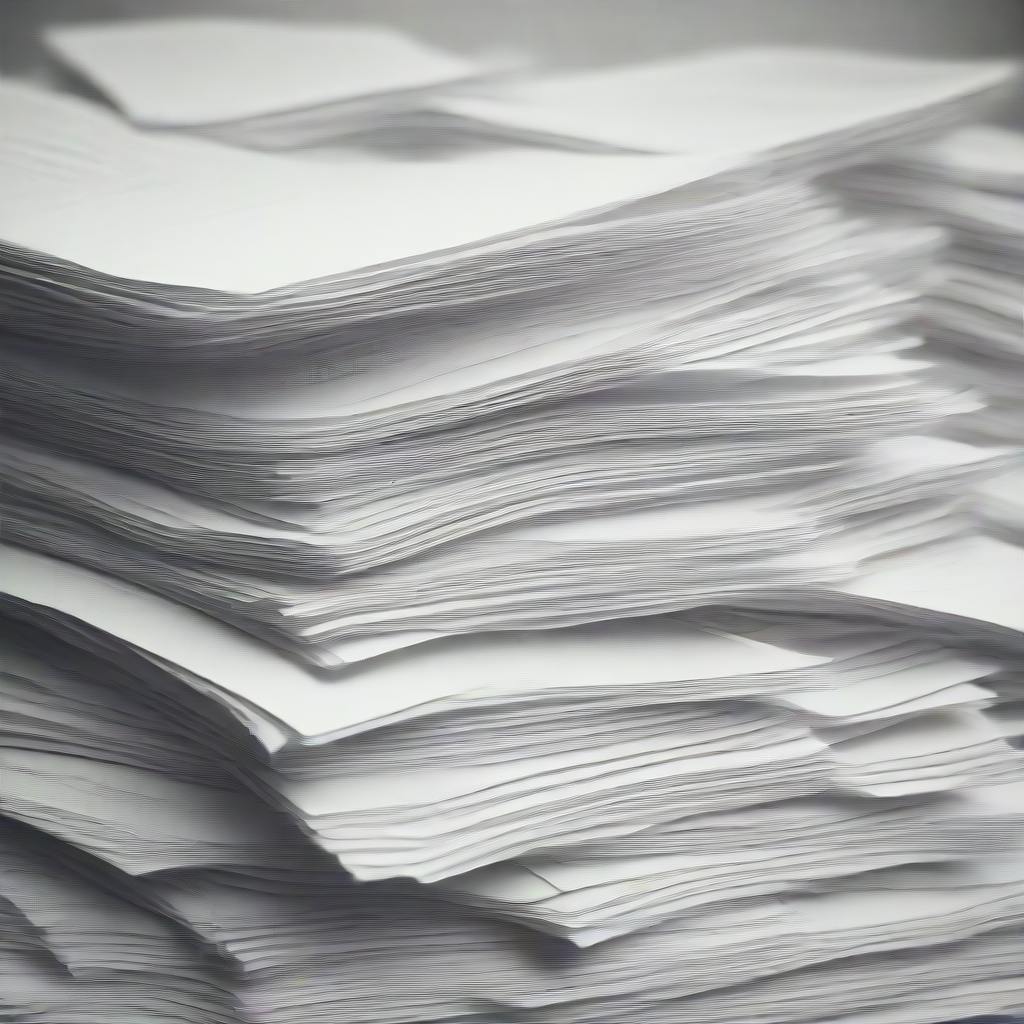USA v. Samuel Bankman-Fried Court Filing, retrieved on March 15, 2024 is part of HackerNoon’s Legal PDF Series. You can jump to any part in this filing here. This part is 30 of 33.
I. Applicable Law
As the Court is well aware, “[c]riminal forfeiture statutes empower the Government to confiscate property derived from or used to facilitate criminal activity. Such statutes serve important governmental interests such as separating a criminal from his ill-gotten gains, returning property, in full, to those wrongfully deprived or defrauded of it, and lessen[ing] the economic power of criminal enterprises.” Honeycutt v. United States, 581 U.S. 443, 447 (2017) (citation and internal quotation marks omitted).
Forfeiture is mandatory in cases involving fraud and money laundering. United States v. Torres, 703 F.3d 194, 204 (2d Cir. 2012); 28 U.S.C. § 2461(c) (“If the defendant is convicted of the offense giving rise to the forfeiture, the court shall order the forfeiture of the property as part of the sentence in the criminal case.”). Where forfeiture is sought in the form of a personal money judgment, the district court “must determine the amount of money that the defendant will be ordered to pay.” Fed. R. Crim. P. 32.2(b)(1)(A). The court’s determination “may be based on evidence already in the record,” Fed. R. Crim. P. 32.2(b)(1)(B), including evidence from trial. United States v. Capoccia, 503 F.3d 103, 109 (2d Cir. 2007). The “calculation of forfeiture amounts is not an exact science. ‘[T]he court need not establish the loss with precision but rather need only make a reasonable estimate of the loss, given the available information.’” United States v. Treacy, 639 F.3d 32, 48 (2d Cir. 2011) (quoting United States v. Uddin, 551 F.3d 176, 180 (2d Cir. 2009)). A court “may make reasonable extrapolations from the evidence established by a preponderance of the evidence at the sentencing proceeding.” Treacy, 639 F.3d at 48. As “an aspect of sentencing,” Libretti v. United States, 516 U.S. 29, 49 (1995), forfeiture amounts are determined by a preponderance of the evidence, Capoccia, 503 F.3d at 116. The purpose of forfeiture is “punitive rather than restitutive.” United States v. Roberts, 660 F.3d 149, 166 (2d Cir. 2011). Absent Eighth Amendment concerns, the defendant’s ability to pay a money judgment is irrelevant. United States v. Awad, 598 F.3d 76, 78-79 (2d Cir. 2010); United States v. Viloski, 814 F.3d 104, 114-15 (2d Cir. 2016) (upholding forfeiture money judgment exceeding $1 billion as consistent with defendant’s future ability to “earn[] a living upon his release from prison.”); United States v. Bonventre, 646 F. App’x 73, 92 (2d Cir. 2016) (upholding forfeiture money judgment exceeding $19 billion in Madoff Ponzi scheme).
There are two bases for the underlying forfeiture here. First, under 18 U.S.C. § 981(a)(1)(C), any property “which constitutes or is derived from proceeds traceable” to wire fraud or securities fraud, among other offenses, is forfeitable. 18 U.S.C. § 981(a)(1)(C); see also 18 U.S.C. §§ 1956(c)(7), 1961(1); see also 28 U.S.C. § 2461(c) (allowing forfeiture for any crime “for which the civil or criminal forfeiture of property is authorized”). Whether the proceeds subject to forfeiture include all property obtained from the offense or whether the proceeds subject to forfeiture are limited to the net gain or profit depends on whether the conduct involves “illegal goods, illegal services, [and] unlawful activities.” See 18 U.S.C. § 981(a)(2). “[E]mbezzlement, soliciting funds as part of a Ponzi scheme,” among other types of conduct, are “inherently unlawful.” United States v. Milton, 21 Cr. 478 (ER), 2024 WL 779210, at *3 (S.D.N.Y. Feb. 26, 2024) (citations omitted). For such “inherently unlawful” acts, the term “proceeds” is defined as “property of any kind obtained directly or indirectly, as the result of the commission of the offense giving rise to forfeiture, and any property traceable thereto, and is not limited to the net gain or profit realized from the offense.” 18 U.S.C. § 981(a)(2)(A). In other words, “[p]roceeds” are “property that a person would not have but for the criminal offense.” United States v. Daugerdas, No. 09 Cr. 581 (WHP), 2012 WL 5835203, at *2 (S.D.N.Y. Nov. 7, 2012) (quoting United States v. Grant, No. 05 Cr. 1192 (NRB), 2008 WL 4376365, at *2 n.1 (S.D.N.Y. Sept. 25, 2008)).
There is a second basis for forfeiture, which does not involve proof that the funds are “proceeds.” Under 18 U.S.C. § 982(a)(1), for a money laundering “offense in violation of section 1956,” a court “shall order that the person forfeit to the United States any property, real or personal, involved in such offense, or any property traceable to such property.”
Besides seeking a personal money judgment, the Government can also seek forfeiture of specific property. The Court “must determine whether the government has established the requisite nexus between the property and the offense.” Fed. R. Crim. P. 32.2(b)(1)(A). The applicable law to determine if the requisite nexus is shown is the same as the underlying forfeiture law: here, 18 U.S.C. § 981(a)(1)(C) and 18 U.S.C. § 982(a)(1). See, e.g., Capoccia, 503 F.3d at 115. Once again, to determine whether specific property is forfeitable, the court may consider “evidence already in the record,” or “any additional evidence or information submitted by the parties and accepted by the court as relevant and reliable.” If forfeiture of specific property is contested, the court must conduct a hearing. Fed. R. Crim. P. 32.2(b)(1)(A).
Continue Reading Here.
About HackerNoon Legal PDF Series: We bring you the most important technical and insightful public domain court case filings.
This court case retrieved on March 15, 2024, from storage.courtlistener is part of the public domain. The court-created documents are works of the federal government, and under copyright law, are automatically placed in the public domain and may be shared without legal restriction.

